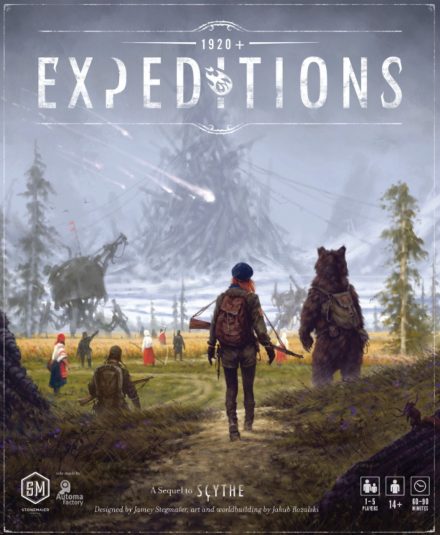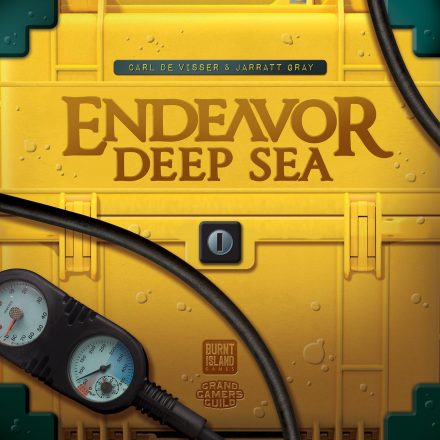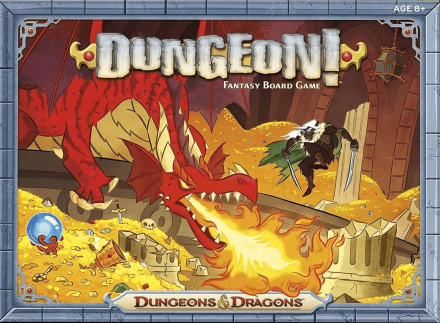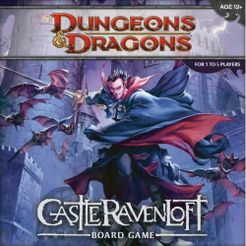The sequel to Scythe sends players on a new adventure into Siberia, where a massive meteorite crashed near the Tunguska River, awakening ancient corruption. An expedition led by Dr. Tarkovsky ventures into the taiga to learn about the meteorite and its impact on the land. Itching for adventure, heroes from the war privately fund their own expeditions to Siberia, hoping to find artifacts, overcome challenges, and ultimately achieve glory. Expeditions has completely different mechanisms than Scythe, though the goal was to capture some of the same feelings that Scythe evokes, with a slightly darker, more supernatural theme.
Expeditions is a competitive, card-driven, engine-building game of exploration. Play cards to gain power, guile, and unique worker abilities; move your mech to mysterious locations and gain cards found among the tiles; use workers, items, meteorites, and quests to enhance your mech; and use power and guile to vanquish corruption.
—description from the publisher
Game Mechanics:
- Action Retrieval
- Deck Building
- Grid Movement
- Hand Management
- Melding and Splaying
- Modular Board
- Multi-Use Cards
- Solo / Solitaire Game
- Tags
- Variable Player Powers
- Variable Set-up
- Victory Points as a Resource
- Worker Placement
Game Specifications:
- 1 – 5 Players
- 60 – 90 Minutes
- Difficulty Weight 3.05









